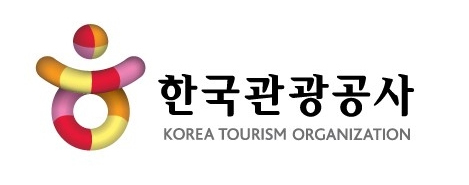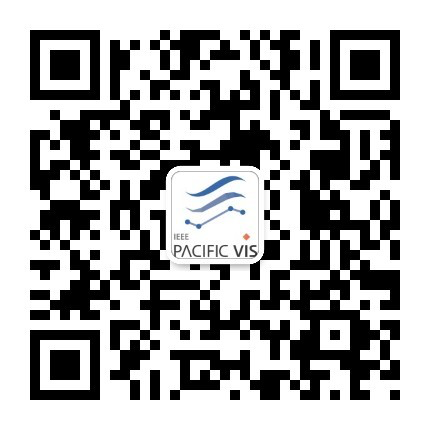
APRIL 18-21, 2017
|
News
Sponsors
Previous Events
Channels
Logo
You can download the logo here.
|
Designing Interactive Distance Cartograms to Support Urban TravelersAbstractA distance cartogram (DC) is a technique that alters distances between a user-specified origin and the other locations in a map with respect to travel time. With DC, users can weigh the relative travel time costs between origin and potential destinations at a glance because travel times are projected in a linearly interpolated time space from the origin. Such glance-ability is known to be useful for travelers who are mindful of travel time when finding their travel destinations. When constructing DC, however, uneven urban traffic conditions can introduce excessive distortion and challenge a map readers窶 intuition about true travel time. In addition, there has been little research on understanding the role of user interaction for improving DC. To realize the full potential of DC in real-world settings as an interactive decision-making support tool, we devise two techniques called Geo-contextual Anchoring Projection and Scalable Road-network Construction and derive a set of interactions through two formative studies. We develop an interactive map system by incorporating the two techniques and the interactions and evaluate the system by comparing it against an equidistant map (EM), a widely used conventional layout that preserves the geographic reality. Based on the analyses of user behavior metric and qualitative feedback, we identify several aspects of positive user gains that can be achieved by using DC and the interaction methods that we have designed. |














